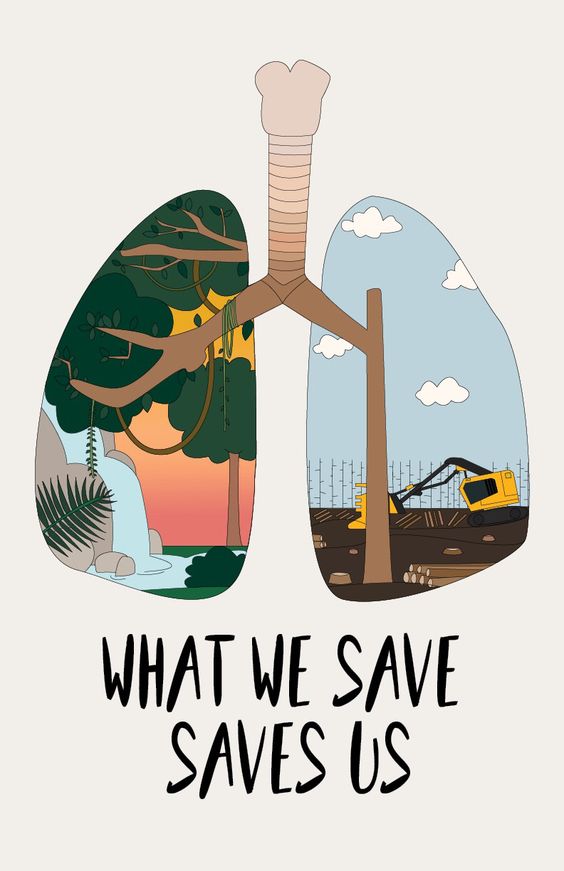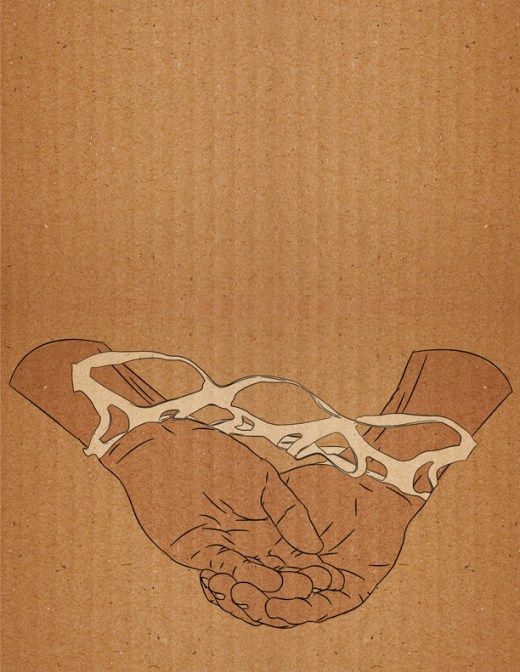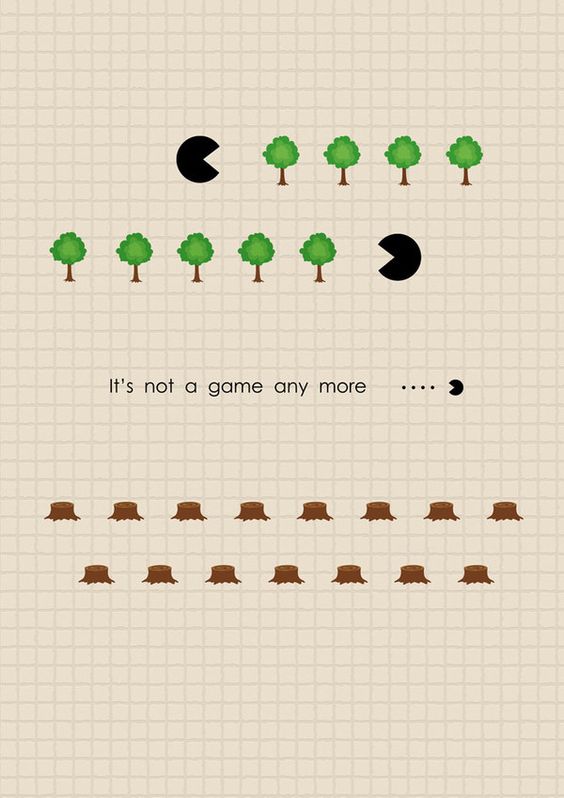A movement for a better world
The current social and political debates are reflected in design and art. Design activism is a movement that takes it upon itself to use its responsibility as a designer to create a better world. It is not about inciting isolated events, but rather using design in all its forms to create a sustainable platform for change – the fundamental problem must be understood and interpreted in order to explore the path to a common solution and publicly call for change. One does not rely on the mechanisms of politics, but uses one’s professional, creative skills for the commitment to a better world. As a designer, you have the responsibility to intervene in current social and socio-political processes in order to actively and globally shape the future society and to give a voice to those who cannot speak for themselves. It is about taking a visionary and provocative position in order to help shape or even initiate social developments. Design activism has a healthy potential for dealing with contemporary societal issues.
“Design Activism” or “Design” and “Activism”
Both, “design” and “activism”, are connected to our mind. They express our diverse ways of thinking. For design there isn’t only one definition, because it’s not that easy to limit the meaning of something that expresses our inner thoughts, which become to action and art. Design always have to be seen in a cultural context because it is tied to cultural perceptions that are contemporary and yet very personal. Design is about communication, where cultural, political and societal are put into a form of perception, and it seems to be everywhere.
Design crosses a diverse range of subject fields and disciplinary borders giving design a unique reach among the creative disciplines, while simultaneously adding more complexity and blurring the discursive space. Design is something that is important in all facets of contemporary life.
As in the discipline of design as well as in the discipline of activism there is a dualism. There are professional and trained designers, who offer expertise, yet design is executed by unknown, anonymous and non-intentional designers, who gain their expertise from outside the design professionals’ world. This also can be applied to the field of activism. The different origins of the designers and activists, whether professional or anonymous, leads to design and activism that makes an important contribution to contemporary issues, social developments and environmental stability.
Responsibility
“We have the opportunity to decide whether we will simply do good design or we will do good with design.” -David Berman
There are many actors, agents and stakeholders in this activist landscape that intentionally or unintentionally usedesign, design thinking and other design processes to deliver their activism.
So not only famous and well-known designers have the possibility and the responsibility to use their creative knowledge to draw attention to important societal and political topics that may not be given enough importance.
I will ask what media design can do to create an effect for a better world and analyze illustrative media concepts for this purpose.
The question that arises for me is how such design-activist concepts are received and what influence they have on the recipients. What success does design activism have in this? And how can this success be measured? What are the economic and commercial aspects of design activism?
Sources:
Scalin, Noah/ Taute, Michelle (2012): The Design Activist’s Handbook: How to Change the World (Or at Least Your Part of It) with Socially Conscious Design. Simon and Schuster. https://books.google.at/books?id=qg_rDQAAQBAJ&dq=design+activists+handbook&lr=&hl=de&source=gbs_navlinks_s
Fuad-Luke, Alastair (2009): Design Activism: Beautiful Strangeness for a Sustainable World. Earthscan. https://books.google.at/books/about/Design_Activism.html?id=cSGKPWOOhccC&redir_esc=y
Bieling, Tom (2019): Design (&) Activism. Perspectives on Design as Activism and Activism as Design. Mimesis International. https://www.kobo.com/gb/en/ebook/design-activism-2?utm_source=pinterestGB&utm_medium=social_paid&utm_campaign=title-Design+%28%26%29+Activism%3A+Perspectives+On+Design+As+Activism+And…
Banz, Claudia (Hg.) (2016): Social Design. Gestalten für die Transformation der Gesellschaft. Bielefeld: transcript Verlag. https://books.google.at/books?hl=de&lr=&id=UW7cDAAAQBAJ&oi=fnd&pg=PP1&dq=design+aktivismus&ots=D58vouzubw&sig=tEvNlvuwMEE8ofR6tfeKwrJ7_k4#v=onepage&q=design%20aktivismus&f=false







